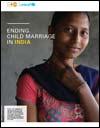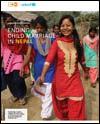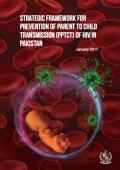Publications on Children
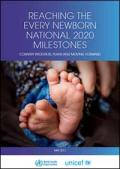
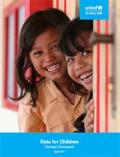

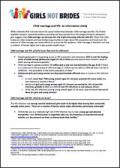

In September 2016, the Asia-Pacific Regional Office of United Nations Population Fund (UNFPA APRO) and the UNICEF Regional Office for South Asia (UNICEF ROSA) hosted a three-day expert group meeting to examine the evidence around programming and policies to end child marriage in South Asia. The meeting convened representatives from the host organizations, as well as UNFPA, UNICEF and UN Women country offices in South Asia and surrounding countries, experts from academia and representatives from organizations implementing programmes in the region.
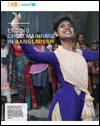
Bangladesh has the highest rate of child marriage in Asia – and the fourth highest rate of child marriage in the world. Marriage is illegal for girls under the age of 18 and for boys under 21, with exemptions that allow for marriage with special permission. However, almost three out of five young women were married as children, with more than one in five married by the age of 15 in 2014.







